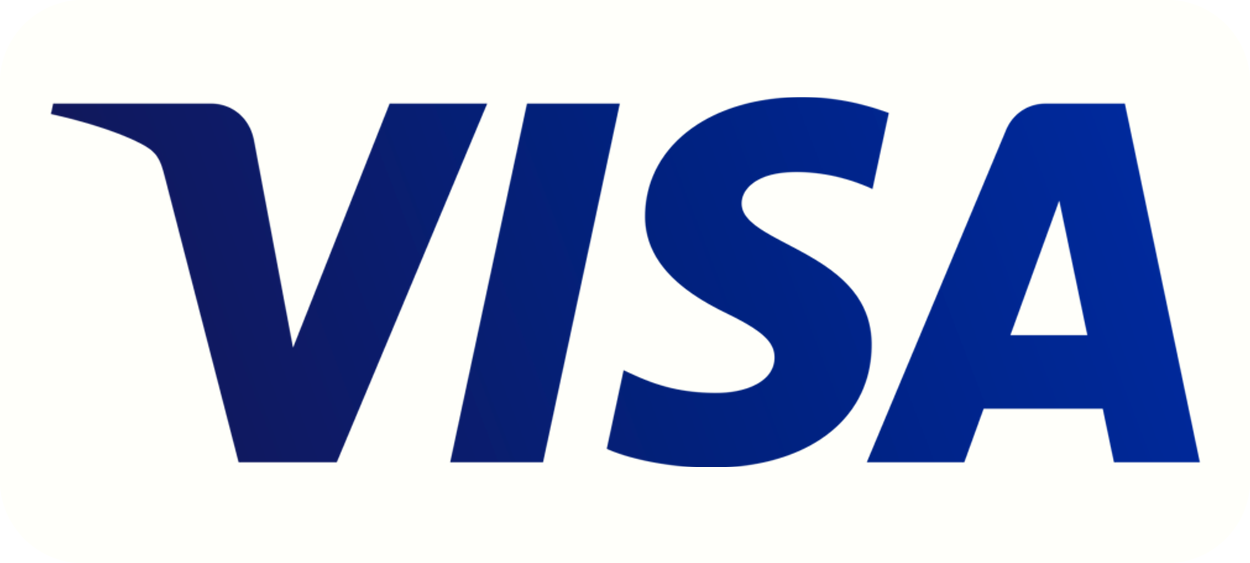Tools for Unclogging Drains: Your Essential Guide to Clearing Blocked Pipes
A blocked drain is a common plumbing issue that can disrupt your daily life. Fortunately, there are various tools and equipment available to help you effectively clear clogs and restore proper water flow. In this article, we’ll explore the essential tools for unclogging drains, including drain snakes and plungers, and how to use them to tackle different types of blockages.
1. The Plunger: Your Trusty Ally
The plunger is one of the most accessible and widely used tools for clearing drain blockages. It’s effective for a variety of clogs in sinks, toilets, and tubs. Here’s how to use a plunger:
- For sink and tub clogs: Ensure there’s enough water to cover the plunger’s rubber cup. Place the plunger over the drain, creating a tight seal. Press down and then pull up vigorously to build pressure and dislodge the blockage. Repeat this process until the water drains freely.
- For toilet clogs: Make sure there’s enough water in the bowl to cover the plunger. Position the plunger over the drain, ensuring a good seal. Plunge vigorously to create enough force to push the clog through the pipes. Be patient and persistent, as toilet clogs may take a bit more effort to clear.
2. Drain Snakes: The Precision Tool
A drain snake, also known as a plumber’s snake or a drain auger, is a versatile tool designed to clear blockages deeper in the plumbing system. It features a coiled wire that can navigate through pipes to dislodge clogs. Here’s how to use a drain snake:
- Insert the snake into the drain or cleanout access point. Push it gently while turning the handle clockwise to advance the snake. Continue feeding the snake into the pipe until you feel resistance.
- When you encounter the blockage, carefully turn the handle to break up and dislodge the clog. Be patient and gentle to avoid damaging the pipes.
- Slowly retract the snake, pulling the clog out as you go. Dispose of the clog properly.
Drain snakes are effective for a wide range of clogs, from hair and soap scum in bathroom drains to food particles in kitchen sinks. They can be particularly handy for dealing with more stubborn blockages that plungers may not be able to clear.
3. Chemical Drain Cleaners: Use with Caution
Chemical drain cleaners are readily available and can be effective for dissolving some types of clogs, particularly those caused by organic materials. However, it’s essential to use these products with caution:
- Read and follow the manufacturer’s instructions carefully, including safety guidelines.
- Never mix different chemical drain cleaners, as this can produce harmful reactions.
- Use these products sparingly and avoid overusing them, as they can damage pipes over time.
- Always prioritize safety and wear protective gear when handling chemical drain cleaners.
4. When to Call a Professional:
While these tools and methods can be effective for many drain blockages, there are situations where it’s best to call a professional plumber:
- Recurrent or frequent blockages may indicate a deeper plumbing issue that requires expert diagnosis and repair.
- Slow drainage that doesn’t improve with DIY methods could signify a more severe blockage further down the plumbing system.
- Foul odors emanating from the drain, multiple blocked fixtures, and visible water damage are signs of potential plumbing issues that need professional attention.
Plumbing projects that are beyond your skill level or involve complex systems, such as the main sewer line, should always be handled by a licensed plumber.
In conclusion, having the right tools and equipment is essential for tackling various drain blockages effectively. Plungers and drain snakes are versatile tools that can clear many types of clogs, while chemical drain cleaners should be used with caution. Remember to prioritize safety and follow manufacturer’s instructions when using these products. If you encounter recurrent or severe blockages, or if the issue appears to be related to deeper plumbing problems, it’s wise to call a professional plumber to diagnose and resolve the issue efficiently. With the right tools and expertise, you can maintain clear and free-flowing drains in your home.

 or pay later with
or pay later with 












































